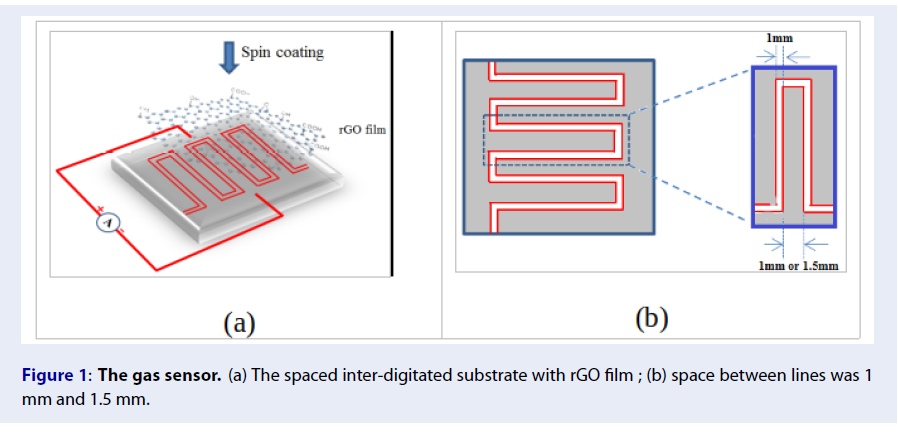
The influence of thickness on ammonia gas sensitivity of reduced graphene oxide films
- University Information Technology, VNU-HCM
- Department of Solid State Physics, Faculty of Physics, University of Science, VNU-HCM
Abstract
Graphene is a single carbon layer in a two-dimensional (2D) lattice. Its delocalized π bonds give rise to unique electronic properties, but these π bonds are easily influenced by the environment. Meanwhile, many publications present that the sensitivity of graphene is not only necessarily intrinsic to this material but also by external defect. In this study, we produced reduced Graphene Oxide (rGO) sensors based on random rGO plates. We analyzed the ammonia (NH3 ) sensitivity of such sensors as a function of thickness of rGO films (in terms of change in transparence) at room temperature. When the thickness of rGO films decreased, a maximum response was observed for the thinnest rGO film (the transparence was 84 %), with a sensitivity up to 38 %. Our results suggest that the dependence of NH3 sensitivity on rGO films thickness is dictated by the fully exposed surface area for thinnest films and by 2D charge carrier hopping through edge defects.

